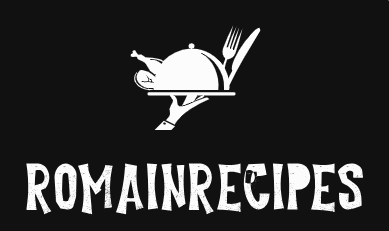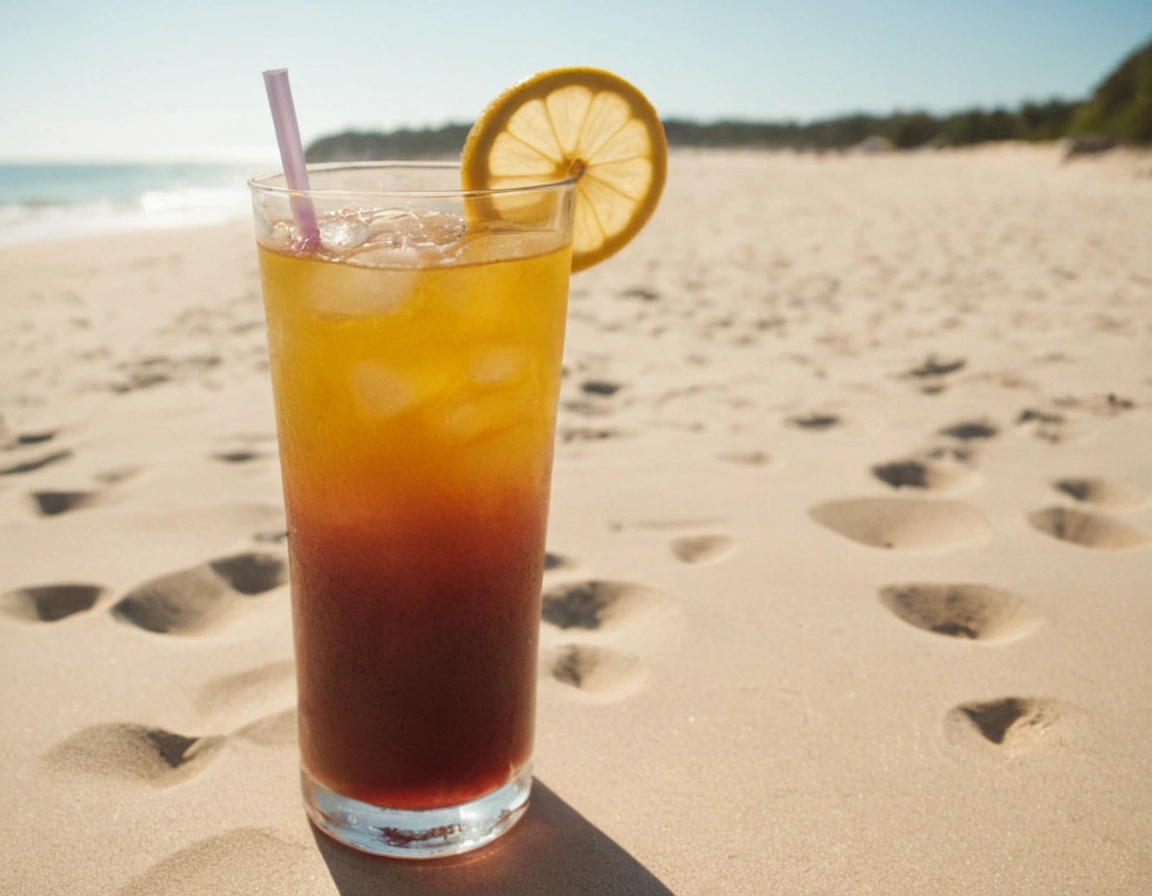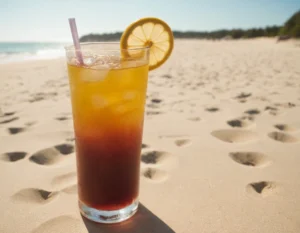What Was Bug Juice Drink? Uncovering the Story of the Nostalgic Beverage
Bug Juice was more than just a drink; it was a cultural phenomenon for kids in the late 1990s and early 2000s. Its brightly colored bottles, sweet taste, and fun marketing made it a staple in lunchboxes across America. But what exactly was Bug Juice, and why did it become such an iconic part of childhood for so many? In this article, we’ll delve into the origins, ingredients, and cultural impact of Bug Juice, as well as explore why it eventually faded from the market. We’ll also suggest some internal linking opportunities for related content.
The Origins of Bug Juice
Bug Juice was introduced in the late 1990s as a fruit-flavored drink specifically targeted at children. The brand quickly gained popularity due to its eye-catching packaging and marketing strategies that appealed directly to kids.
A Fun and Marketable Name
The name “Bug Juice” was inspired by the term commonly used in summer camps for sugary drinks that attract insects. The brand leveraged this playful name to create a product that was both memorable and appealing to its young audience. Moreover, the name itself was a brilliant marketing move, as it instantly resonated with kids and evoked a sense of adventure and fun.
Internal Linking Opportunity: Link to your Nostalgic Foods and Drinks article, where Bug Juice can be discussed alongside other popular snacks and beverages from the same era.
Marketing and Popularity
Bug Juice was marketed primarily through television commercials that featured vibrant imagery, catchy jingles, and scenarios that kids could relate to. Furthermore, the drink was often portrayed as the ultimate refreshment after a day of playing outside or as the perfect companion for school lunches. Its bright colors and sweet taste made it an instant hit among children.
List: Key Features of Bug Juice Marketing
- Bright and Colorful Packaging: The packaging featured bold colors that matched the drink’s vibrant hues, making it stand out on store shelves.
- Catchy Jingles: The commercials often included catchy jingles that children could easily remember and sing along to.
- Relatable Scenarios: Advertisements depicted children enjoying Bug Juice in everyday scenarios, from playgrounds to summer camps.
What Was Bug Juice Made Of?
Bug Juice was primarily a fruit-flavored beverage, but it was known for its high sugar content and artificial ingredients, which contributed to its signature sweet taste and bright colors.
Ingredients Breakdown
The typical ingredients in Bug Juice included water, high fructose corn syrup, artificial flavors, and artificial colors. While it was loved for its taste, the drink also faced criticism for its lack of nutritional value, particularly in the context of growing concerns about childhood obesity and diet-related health issues.
Table: Common Ingredients in Bug Juice
| Ingredient | Purpose |
|---|---|
| Water | Base liquid |
| High Fructose Corn Syrup | Sweetener |
| Artificial Flavors | Provides fruit-like taste |
| Artificial Colors | Gives the drink its bright, vibrant hues |
| Citric Acid | Adds tanginess and acts as a preservative |
| Sodium Benzoate | Preservative to extend shelf life |
Flavors and Varieties
Bug Juice came in a variety of flavors, each associated with a different color. Some popular flavors included:
- Berry Blast: A sweet and tangy mix of berry flavors.
- Tropical Fruit: A blend of pineapple, orange, and other tropical fruits.
- Watermelon: A refreshing, sweet flavor reminiscent of summer.
- Grape: A classic, sweet grape flavor that was a favorite among many.
The variety of flavors ensured that there was something for every kid’s taste preference, contributing to the drink’s widespread appeal.
Internal Linking Opportunity: Link to your Healthy Snack Alternatives for Kids article, where you can discuss how modern drinks compare to Bug Juice and offer healthier options for today’s parents.
Cultural Impact of Bug Juice
A Staple in Kids’ Lunchboxes
Bug Juice quickly became a staple in kids’ lunchboxes during its peak. It was often seen as a treat, enjoyed alongside sandwiches, chips, and other typical lunch items. For many, the brightly colored drink was synonymous with childhood, bringing back memories of school lunch breaks, summer picnics, and after-school snacks.
Nostalgia and Pop Culture
Over the years, Bug Juice has become a nostalgic symbol for those who grew up in the late 1990s and early 2000s. Additionally, the drink has been referenced in various pop culture contexts, and many adults look back on it with fond memories. Although it has since been discontinued, the brand’s impact on a generation of kids is undeniable.
Internal Linking Opportunity: Consider linking to your Nostalgic Food and Drinks Making a Comeback article, where you can explore how other beloved snacks and drinks have returned to the market due to consumer demand, and speculate on whether Bug Juice might ever see a revival.
Why Did Bug Juice Disappear?
Despite its popularity, Bug Juice eventually disappeared from store shelves. Several factors likely contributed to its decline, including changing consumer preferences, health concerns, and competition from other brands.
Changing Consumer Preferences
As health consciousness increased among parents, there was a growing demand for beverages with lower sugar content and fewer artificial ingredients. Consequently, Bug Juice, known for its high sugar content and artificial additives, began to lose favor with health-conscious parents. This shift in consumer behavior was a significant factor in the decline of Bug Juice sales.
Health and Nutrition Concerns
During the early 2000s, health experts began to highlight the risks associated with sugary drinks, particularly in children. As a result, Bug Juice, with its high levels of sugar and artificial ingredients, became a target of these health campaigns. Schools and parents started to limit the availability of sugary drinks, further diminishing Bug Juice’s market share.
Competition from Healthier Alternatives
As consumer preferences shifted, many beverage companies began introducing healthier alternatives with lower sugar content and natural ingredients. Therefore, brands like Capri Sun and Honest Kids, which offered organic and lower-sugar options, started to dominate the market. Bug Juice struggled to keep up with these new trends, leading to a decline in its popularity.
Table: Competitive Analysis of Children’s Beverages
| Brand | Key Features | Impact on Bug Juice |
|---|---|---|
| Capri Sun | Lower sugar, recognizable brand | Drew health-conscious consumers away |
| Honest Kids | Organic, lower sugar, natural ingredients | Captured market interested in healthier options |
| Kool-Aid | Versatile, established brand | Continued to attract cost-conscious parents |
Homemade “Bug Juice” Recipe
For those who want to relive the nostalgia or introduce a new generation to the concept of Bug Juice, here’s a fun, healthier homemade recipe.
Ingredients:
- 1 cup of 100% fruit juice (e.g., apple, grape, or orange)
- 1 cup of water
- 1 tablespoon of honey or agave syrup (optional, for added sweetness)
- A few drops of natural food coloring (optional)
- Ice cubes
- Fresh fruit slices for garnish (optional)
Instructions:
- Mix the Juice and Water: Combine the fruit juice and water in a large pitcher. Stir well to blend.
- Sweeten (Optional): If you prefer a sweeter drink, add honey or agave syrup and stir until dissolved.
- Add Color: For that classic Bug Juice look, add a few drops of natural food coloring and stir until evenly mixed.
- Serve: Pour the homemade Bug Juice over ice cubes in individual cups. Garnish with fresh fruit slices if desired.
This version of Bug Juice is a fun way to enjoy a nostalgic drink with a healthier twist.
Conclusion
Bug Juice was more than just a drink; it was a symbol of childhood for many who grew up in the late 1990s and early 2000s. Its vibrant colors, sweet flavors, and playful marketing made it a beloved beverage, but changing consumer preferences, health concerns, and competition from healthier alternatives led to its eventual decline. While Bug Juice may no longer be available, its impact on a generation of kids is undeniable, and its legacy lives on through the memories of those who enjoyed it.
FAQs
Q: What exactly was Bug Juice?
A: Bug Juice was a fruit-flavored drink marketed to children in the late 1990s and early 2000s. It was known for its bright colors, sweet taste, and playful marketing.
Q: What were the main ingredients in Bug Juice?
A: The main ingredients included water, high fructose corn syrup, artificial flavors, and artificial colors.
Q: Why did Bug Juice disappear from the market?
A: Bug Juice was likely discontinued due to changing consumer preferences, increasing health concerns about sugary drinks, and competition from healthier alternatives.
Q: Are there any similar drinks available today?
A: While Bug Juice is no longer widely available, there are many fruit-flavored drinks on the market today, though most are now marketed with lower sugar content and natural ingredients.
Q: Can I make a similar drink at home?
A: Yes! You can make a healthier version of Bug Juice at home using 100% fruit juice, water, and natural sweeteners.
Internal Linking Opportunities
- Celestial Fog Recipe
- Strawberry Basil Lemonade Recipe
- Frothy Purple Drink
- Jalbitedrink recipe
- Why Was Bug Juice Discontinued


